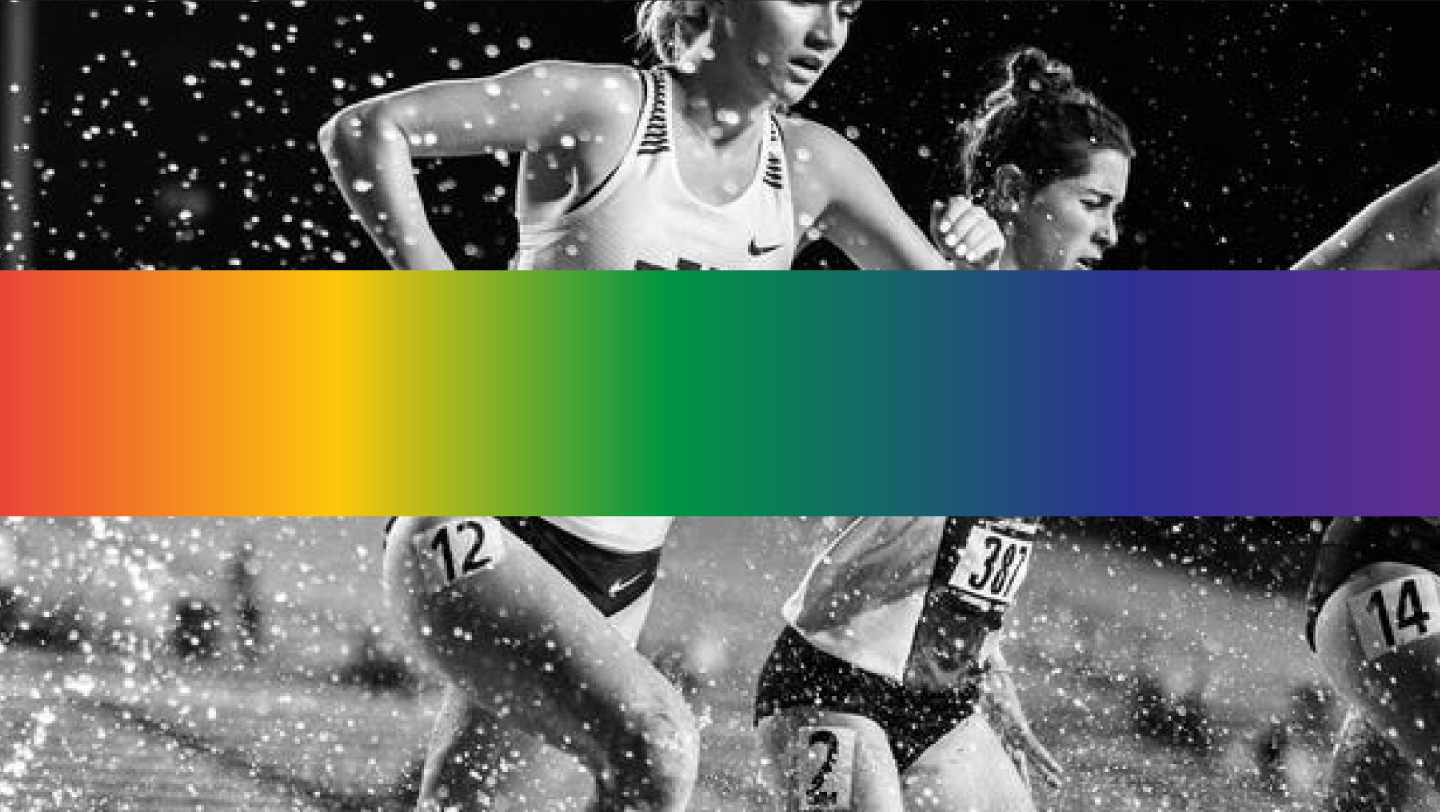It's hard to imagine the sports world without our female athlete role models, many of whom are proud members or allies of the LGBTQ+ community. But there was a time when policy prevented LGBTQ+ athletes from being their authentic selves.
Early 20th Century
In the early 20th century, nearly all of the LGBTQ+ female athletes weren’t out to the general public. Sometimes, they weren’t even out to themselves.
Mildred Ella “Babe” Dickinson Zaharias is widely considered to be the greatest female athlete of the 20th century. Babe won two gold medals and set world records at the 1932 Olympics in both the javelin throw and the 80 meter hurdles. As a strong leader, she went on to co-found the Ladies’ Professional Golf Organization in the 1950s. Her sexuality never hindered any of these accomplishments: only because she wasn’t open about it.
Babe kept her identity hidden out of fear. Babe was married to a male professional wrestler, but she died beside a female companion who was later determined to be her romantic partner. Her silence about her identity contradicted the confidence and grit she was known for in sport.
“ You can't win a championship without gays on your team. It's never been done before, ever.”
If an athlete was outspokenly LGBTQ+ or stood up for related issues during this era, they could’ve been stripped of accomplishments and opportunities to compete in the future. LGBTQ+ was defined as both a moral crime and a psychological disorder at the time.
Late 20th Century
Many female athletes who were LGBTQ+ remained closeted. Those who did come out or were outed, like tennis star Billie Jean King in the 1970s, lost their endorsements and were bashed in the media.
In 1982, the first Gay Games, an international multi-sport and cultural event were held. The Games were committed to promoting sexuality and gender diversity. Subsequently, large LGBTQ+ advocacy groups in the U.S. began to add sports-related activism to their general agendas.
More positive progress continued. Despite the discrimination Billie Jean King faced earlier in her career, the US Open named the National Tennis Center after her in 2006 for her relentless advocacy for women and gay rights.
Today
Today, USWNT midfielder Megan Rapinoe not only represents the U.S. as a phenomenal soccer player and World Cup Winner, but she also represents the LGBTQ+ community. Whether joking around on Instagram Lives with her partner WNBA player Sue Bird or supporting LGBTQ+ advocacy groups, Rapinoe is a testament to the progress LGBTQ+ athletes have made.
Although progress has been made, the days of discrimination in and out of sports are not behind us. Professional female athletes are being more candid and authentic about their sexuality or gender identity and in turn are inspiring young athletes to do the same.
We can use the experiences of LGBTQ+ athletes who inspire us to take leadership roles in our own lives whether related to sports, LGBTQ+ rights or any other causes close to our hearts. It’s up to us to create necessary change and an environment where we can all be unapologetically confident and most importantly, ourselves.


